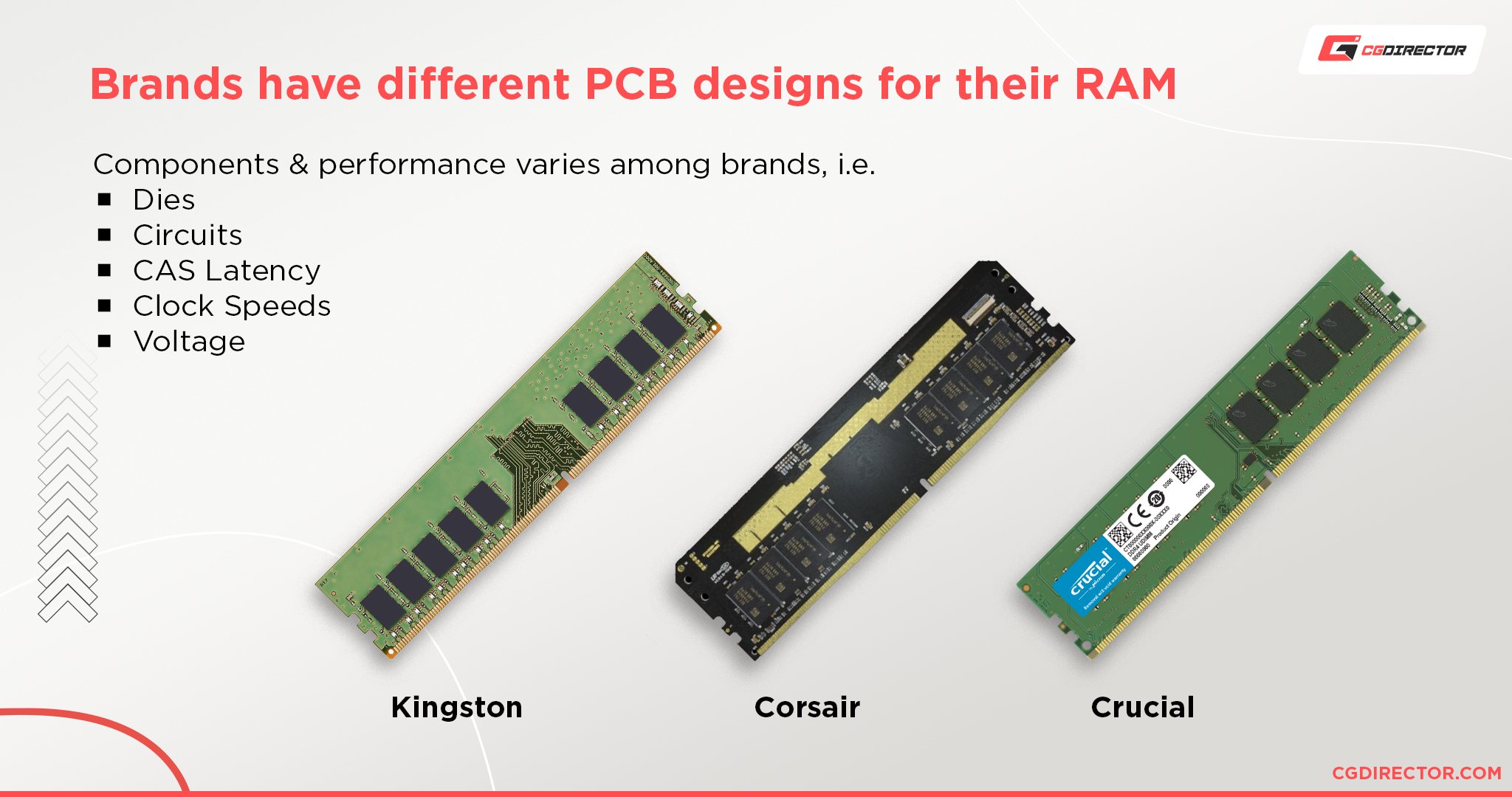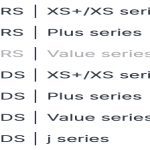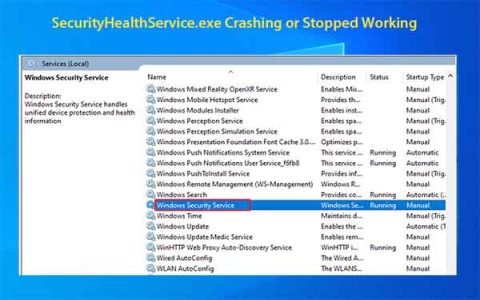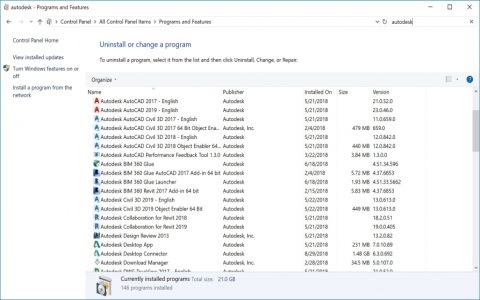Technically, using two different brands of RAM (Random Access Memory) in the same computer system is possible. The primary compatibility factors depend on physical specifications and technical parameters matching, not the brand name printed on the module itself.
Potential for Slowdowns and Instability
Mismatched RAM modules can lead to slowdowns or system instability due to differences in their underlying characteristics:
- Frequency (Speed): If modules have different rated speeds, the system's memory controller will run all RAM at the speed of the slowest module installed.
- Timings (Latency): Timings (e.g., CL15, CL16, CL18) define how quickly the RAM responds to requests. Mismatched timings can force the controller to use looser (slower) timings for compatibility, reducing performance.
- Voltage: Modules requiring different voltages won't function correctly together. Modern DDR4/DDR5 mostly uses standardized voltages, but older DDR3 had variances.
- Density & Rank: Significant differences in module density (size per stick) or rank configuration can sometimes create compatibility issues or suboptimal channel interleaving.
- XMP/DOCP Profiles: Automatic overclocking profiles (XMP for Intel, DOCP for AMD) are specifically tuned for the kit. Mixing different brands/models drastically reduces the chance these profiles will load stably. Manual tuning becomes difficult.
Best Practices for Mixing RAM
- Match Specifications: Ensure the new RAM has the exact same voltage, speed, and timings (CAS latency - CL, and other secondary timings if possible) as your existing RAM. Check the detailed specs, not just the advertised speed.
- Dual Channel Considerations: Ideally, install matching modules in corresponding slots (A1+B1 or A2+B2 as per motherboard manual). Mixing can disrupt proper dual-channel operation if capacities differ significantly per channel.
- Prioritize JEDEC Standard: The memory controller defaults to the JEDEC standard profile (lower speed, higher timings). Mixing modules is more likely to work reliably at this base level than using XMP/DOCP.
- Test Rigorously: After installing mixed RAM, run extensive memory tests (like MemTest86+) to check for stability errors, especially if attempting to use XMP/DOCP.
Conclusion: Using two different RAM brands is physically possible but carries risks of performance loss (running at the slower module's speed/timings) or instability compared to using a matched kit. For optimal stability and performance, purchasing a new, matched kit is strongly recommended. If mixing is necessary, meticulously matching key specifications and testing thoroughly is essential.











